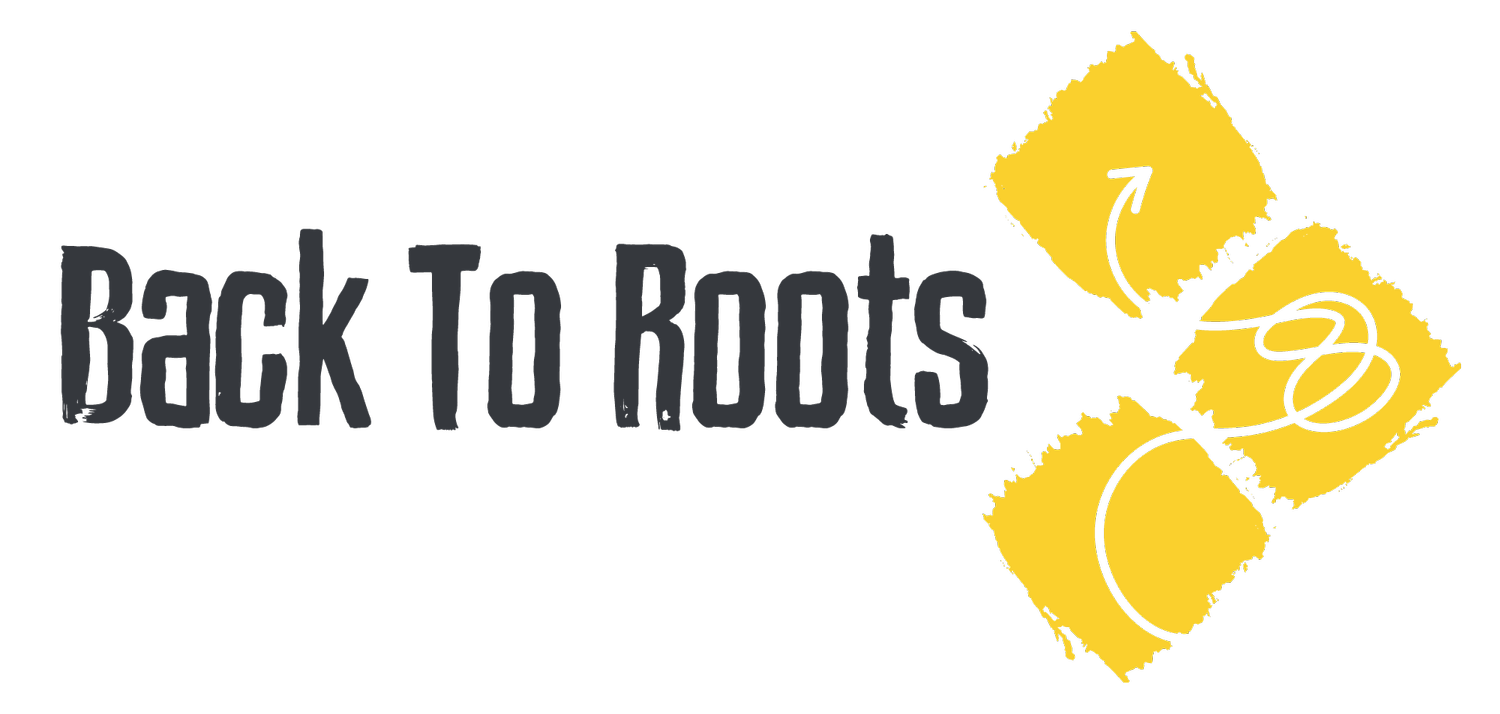B2R Internship Notes. Body In The Mind
Movement Imagery and Homunculus Man:
the Science and Art of Movement, in all of its forms.
In Latin the word Homunculus means ‘little man’. In neuroanatomy, it refers to an area in our brain called the Somatosensory Cortex. It works as a visual representation of physical parts of the body in the brain aka. Body in the Mind (Louw, Pain Neuroscience Ed.), and its activity represents the movement, position and health of the body parts.
The larger the representation of the body parts, the more sensory cells are present in the somatosensory cortex associated with “feeling” from that part.
A recent buzzword in the medical community has been Neuroplasticity.
We now know the brain is malleable and plastic, it can physically change, and the image that the brain has of your body can also change.
For example a Pianist will likely have really sharp images of his fingers, a pianist would also have a much larger as well as sharper picture than a non-pianist.
Source: Puentedura (2016)
On the other hand, if you do not move a body part for any length of time following injury, or pain, areas in the brain that are normally devoted to different body parts or different functions, start to overlap. This can cause the image to become blurry and is often referred to as Smudging (Explain Pain, 2013). Furthermore, the longer pain persists, the more advanced the changes in the brain. This can lead to symptoms like a decreased sense of balance, decreased coordination or ability to know where this body part is in space, even a distortion of what the body part looks like (Moseley, 2007)
Another interesting aspect is that some research (Stippich et al, 2002) suggests that the primary sensorimotor cortex is active during motor imagery and that motor imagery and motor execution share common functional circuits. So imagery of a body part can possibly help light up those areas enhancing their virtual representation and motor output. This relates well with the idea of mind-muscle connection popularized by Arnold Schwarznegger. If we intensely focus on a muscle, it could elicit a stronger contraction of that muscle. Looks like he wasn’t that wrong, huh?!
So why is all of this so relevant?
Well, we used to think that blurry body maps and persistent pain were related. Although this has been challenged in recent years (Mancini et al 2018), there is still an ongoing discussion worth being open minded about (Jenkins et al, 2021). It is still safe to suggest that mindful movement however, will restore blurry maps, which will improve movement. This is an important point because..
..when we are in pain and have a fearful belief of a certain movement then this can create the vicious cycle that leads us wanting to move even less, i.e. deconditioning and more smudging.
Thus, when dealing with chronic pain from a biopsychosocial perspective, rehabilitation programs should definitely focus on addressing any maladaptive beliefs while building trust and confidence in movement. However, perhaps we could consider the use of motor imagery that can facilitate thoughtless, fearless and relaxed movement, as well as mind–body integration through embodying and enacting the images that have personal meaning to the individuals (Minjung et al, 2019).
“In our internship we expose our clinicians, coaches, and students to lots of movement experiences through our movement sessions with Samantha Emmanuel and challenge their clinical reasoning to take and implement.”
If you would like to learn more on this, sign up for the next Internship that will start in September 2022. For more info, click on the button below.
Gio ;)
Giovanni Frapporti is a chiropractor and rehabilitation specialist based in Brescia and Verona, Italy. He played rugby for 20 years and coached Palmer College Rugby Football Club for 3 during his studies in the USA. After having been through several injuries and experienced back pain for many years himself, he has developed a special interest in chronic musculoskeletal pain rehab and sports injuries.



